Golf Course Woodland management
making the most of the trees on your course
golf course woodland management
Pro-active management of the trees and woodland on and around golf courses ensures the long-term integrity and character of the golf course. Making it easier to manage the course as a whole and improve its playability.
what is the problem?
Many parkland golf courses are surrounded by trees. These trees are an integral part of the course and its character. However, tree management is often overlooked or delayed until it becomes a problem, a problem that affects the playability of the course and the safety of players and groundsmen alike.
Whilst mature trees are undeniably beautiful and add a visual appeal to many golf courses, trees also come with risks.
Unmanaged woodlands are often unsafe and prone to windblow and storm damage. All too frequently, green keepers find themselves having to carry out emergency felling, pruning and tree removal to cope with storm damage. Closing the course whilst this happens and the fairways / greens are cleared of broken or felled timber while the course is made safe, can be a significant loss of revenue for club or course.
A managed course is a safe course. Pro-active management of golf course woodlands can reduce Health and Safety issues for staff, members & visitors alike and limit any potential financial liabilities against the Club or course owner in the future.
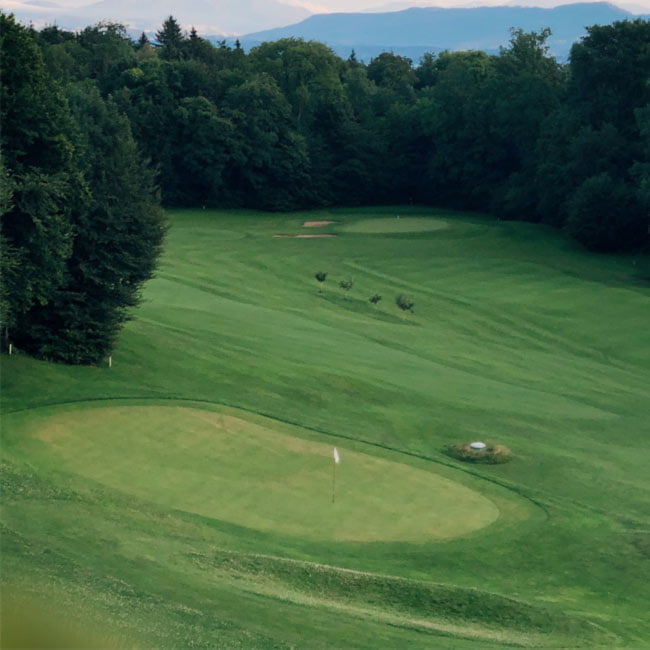

the cause
The woodlands on and around many golf courses can date back decades (if not centuries) and are the result of the planting plan (or lack thereof) in place at the time of course construction. Poorly chosen (e.g. fast growing non-native) species, blocks of mono-species and similarly aged trees that lack diversity, as well as overly dense planting leading to weak and stunted trees all pose problems for both green keepers and players.
As trees grow in both height, breadth and canopy density, their effects on the course can be substantial. Shading out of other vegetation and shrubbery even shading out the grass itself leading to an increase in moss and weeds because of poor circulation.
Many parkland golf courses are renowned for their views. Allowing dense woodland to develop naturally will, over time, degrade these views and give the course a tighter ‘hemmed in’ feeling.
Regain control of the trees on your golf course so they add to its value and enjoyment rather than detracting from it.
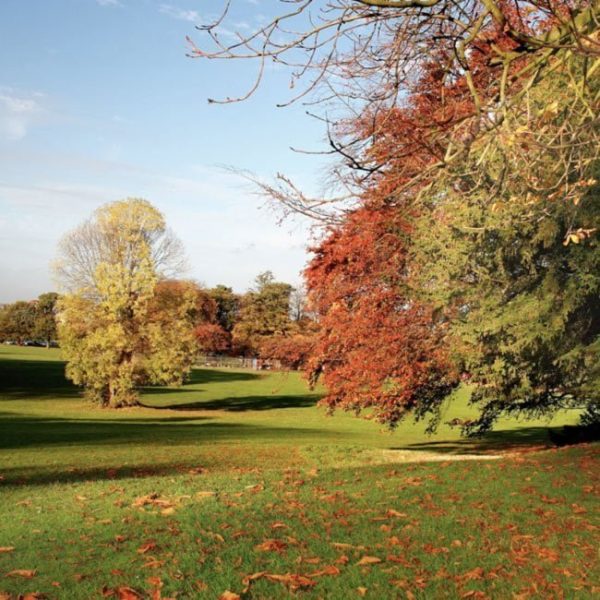
Tree management makes sound financial and ecological sense.
the solution
- felling & removal of dangerous trees as required
- felling & removal of damaged, stunted & weak trees
- thinning & selective felling of trees to encourage better & more stable growth of trees with a mixed age & species structure, as well as to reduce shading of tees & greens, improve air flow around greens & reduce damage by tree roots etc
- coppicing of suitable tree/scrub species to create stronger growth, tree stability & a mixed age structure etc
- pruning of branches & dangerous limbs on specimen mature trees to develop better shape & facilitate play from tees etc
- new tree planting in appropriate areas to ensure mixed age structure & species diversity along with aftercare
All done with minimal impact to the course, the fairways and greens. Ensuring your course maintains its playability in all conditions.
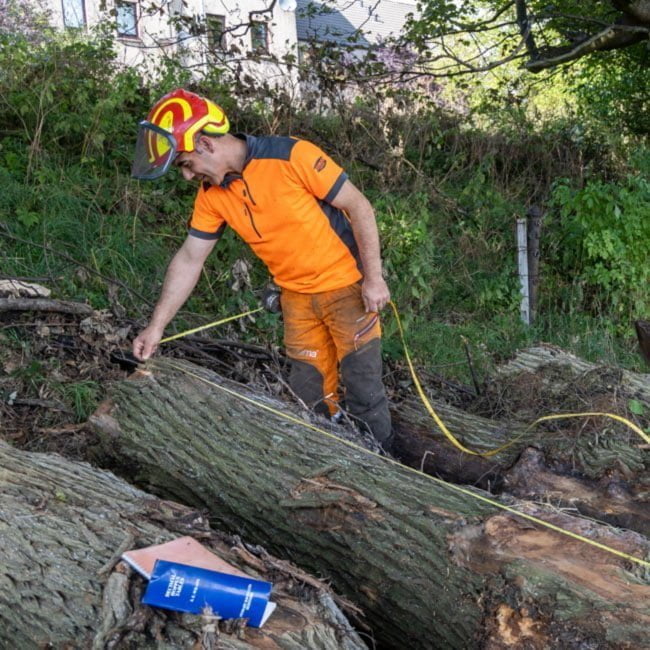
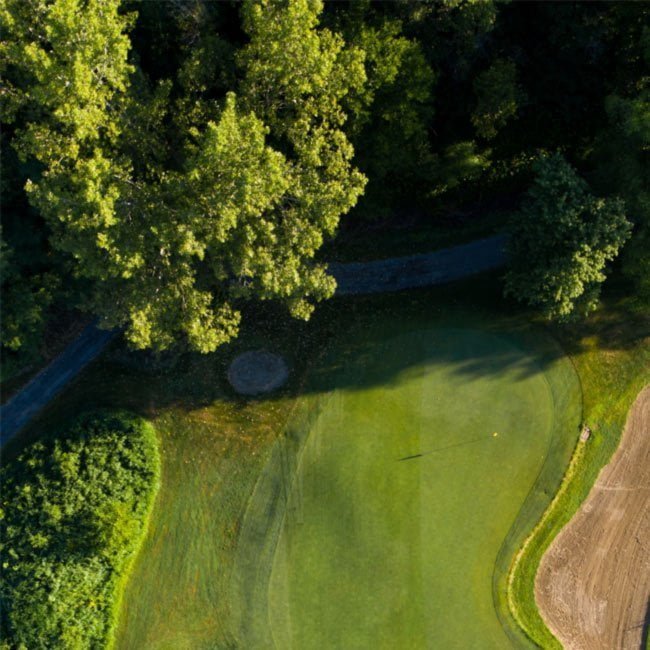
the benefits
Improve safety, visual appeal and attractiveness of the course, retain sight lines to greens, remove diseased trees that could spread to other healthy specimens around the course, improve grass quality by removing shade and overhanging trees, restore the original look and feel of parkland and heathland courses by reducing tree density.
Whilst every course develops over time, allowing trees to seed and grow unmanaged can significantly change how a course looks and plays. What was previously a patch of trees from which an errant shot could be played may, over time, become an unplayable hazard that can ruin a player’s hole if not their round.
Trees are an important element of the environment and ecology for many courses. Under managing the trees will eventually have a trickledown effect on the flora and fauna found on the course. The loss of habitat for native British species is often swift and irreversible. With the emphasis on good stewardship that landowners find themselves operating under, managing trees as part of the wider ecological system is both good practice and good PR.
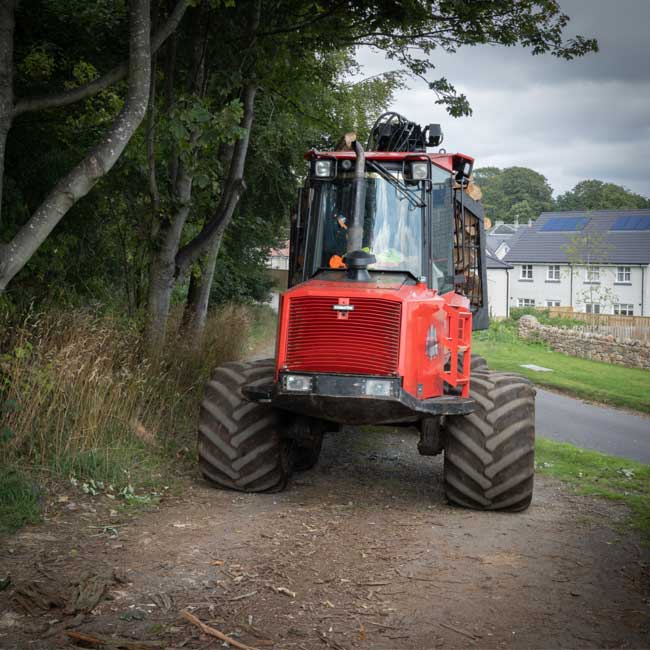
contact Us
Have a question, want to schedule a call with Ian, here are our contact details.
Or, alternatively, send us a message and we will get back to you.
